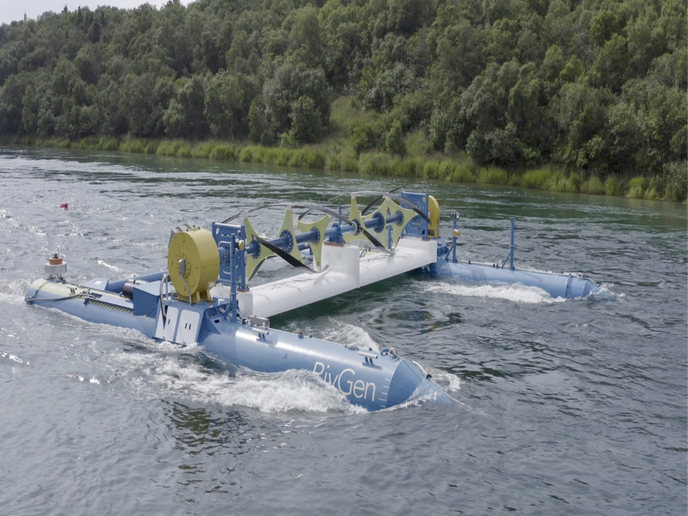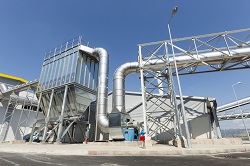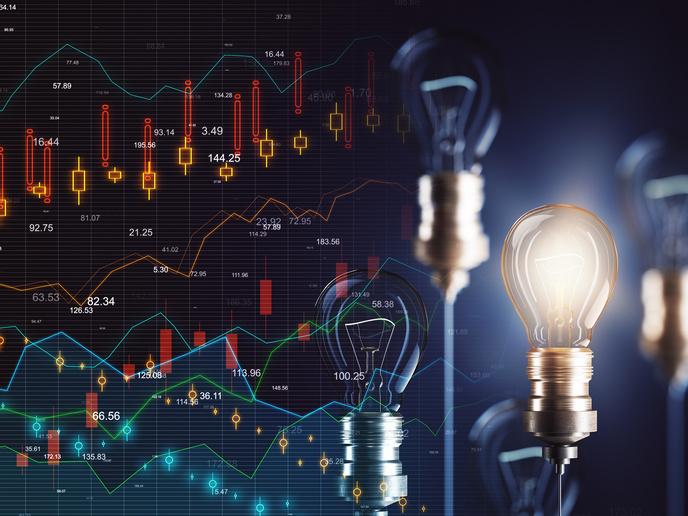Creating new tidal and river power potential
To become a viable source of renewable energy, tidal power needs to reduce its levelised cost of electricity to be competitive with other renewables such as offshore wind. In practice, this means being able to deliver electricity at a similar levelised cost over the lifetime of a project. A significant challenge in meeting this target is operational and maintenance costs, given the extremely harsh environment in which marine hydrokinetic (MHK) turbines must operate. “The electrical generators of tidal turbines have typically been heavily reliant on seals to protect the inside of the generator from seawater,” explains TAOIDE(opens in new window) project partner James Donegan, director of European operations at ORPC Ireland(opens in new window). “If seawater gets in the electrical air gap of a generator, this would typically lead to system failure and significant maintenance costs. We have been investigating for a long time whether it would be possible to have a generator where a flooded airgap is a normal operating environment, therefore removing the reliance on seals for generator protection.”
Simplified, reliable technology
This was the key concept behind TAOIDE (Technology Advancement of Ocean energy devices through Innovative Development of Electrical systems to increase performance and reliability). The project was launched in November 2016 to develop a wet gap generator – an encapsulated generator that can be flooded – thus removing a key factor in turbine failure. As part of this development, the project team looked at the entire system, including bearings, seals, generators, electronics and turbines. “How everything connects influences how we can reduce wear and tear as well as operational costs,” says project coordinator Kevin Leyne, Marine and Renewable Energy Ireland project manager at University College Cork(opens in new window), Ireland. “Unlike with wind turbines, MHK systems operators cannot just send a technician up a ladder to perform routine maintenance.” Design simplifications were included wherever possible in order to further reduce the risk of mechanical failure and ensure the system’s suitability for remote communities, where technical expertise and equipment might not be readily at hand. “A good example of this is how we developed a single cantilevered bearing system for the generator, together with project partner SKF,” adds Donegan. “Rather than having to take the entire generator apart for bearing maintenance, this unit can be taken out separately for simple maintenance work.” The project team has completed the design and manufacture of a prototype encapsulated wet gap generator, designed specifically for tough operating environments. Tests will shortly begin in Ireland.
Benefiting remote communities
The project will deliver a fully integrated wet gap generator, suitable for use in multiple marine renewable energy devices. “We have been very impressed with initial results from the project, and how ORPC’s MHK systems can have a positive effect on rural communities,” notes project partner John Doran, principal researcher at the Letterkenny Institute of Technology(opens in new window), Ireland. “A key thing to note is that because ORPC’s power systems are community-centred, they achieve community buy-in. Local resources are used to deploy and maintain their systems. This strikes a chord for us as a rural institute in the north-west corner of Ireland. It has been a great opportunity to work on this project with the likes of the UCC’s MaREI and the Fraunhofer Institute in Germany. This project will further enable us to showcase this part of the world as a resource for the tidal energy industry.” Donegan agrees that the technology developed in TAOIDE could be of great benefit to peripheral regions which operate on diesel microgrids, where the cost of energy tends to be high. “This is where we can help communities to become more sustainable and independent,” says Donegan.







